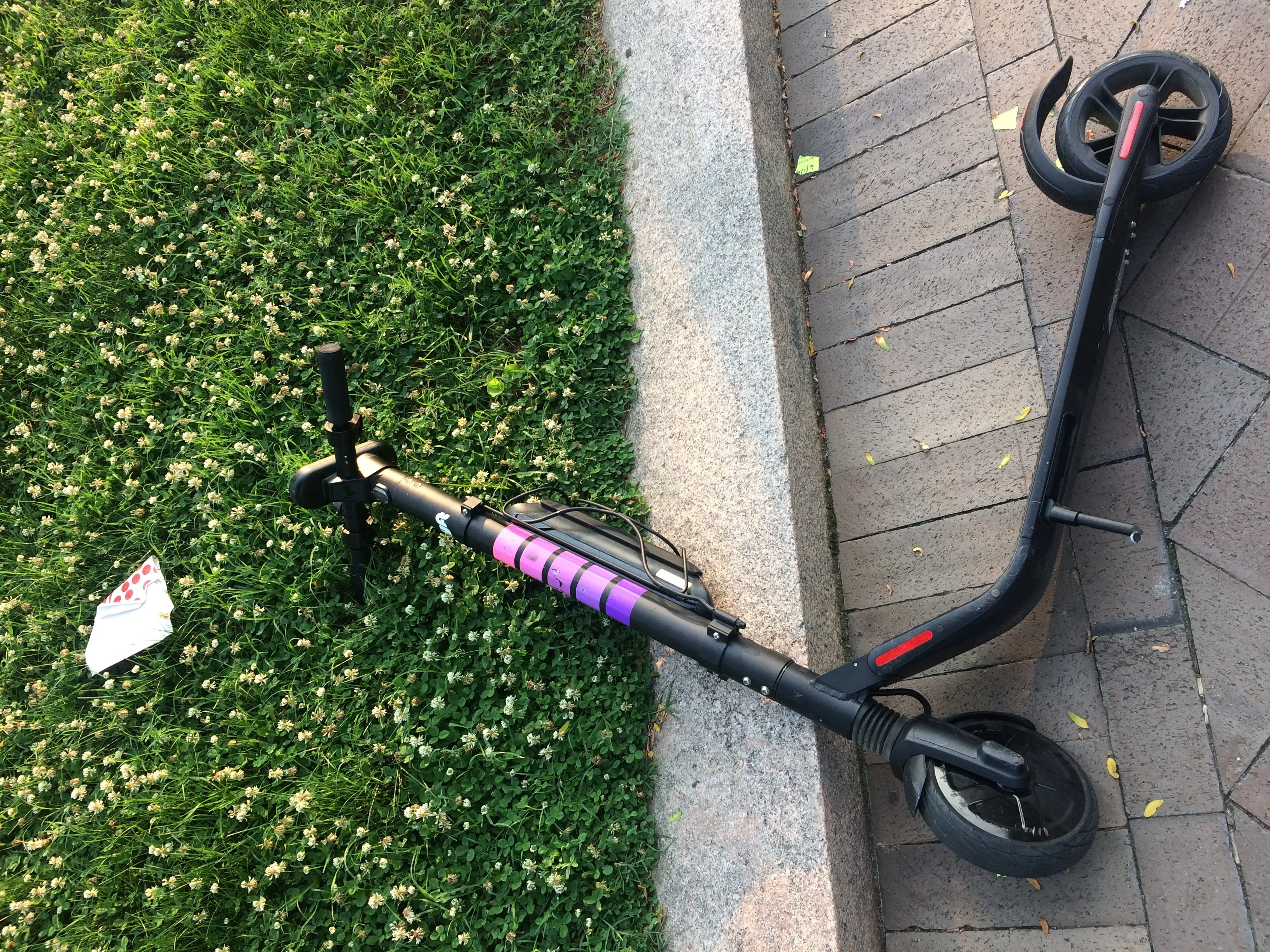Red light running is the focus of a major two week long road safety operation, launching in Auckland, Nerw Zealand, this week, coinciding with the start of Road Safety Week.
The operation, in Waitemata District of the city, is a joint initiative between Police, Auckland Transport (AT) and NZ Transport Agency. Police will target those motorists who take risks during peak morning traffic at four key high-risk intersections, which were selected because of their location, crash risk, traffic flow and ability
May 16, 2016
Read time: 2 mins
RSSRed light running is the focus of a major two week long road safety operation, launching in Auckland, Nerw Zealand, this week, coinciding with the start of Road Safety Week.
The operation, in Waitemata District of the city, is a joint initiative between Police, Auckland Transport (AT) and NZ Transport Agency. Police will target those motorists who take risks during peak morning traffic at four key high-risk intersections, which were selected because of their location, crash risk, traffic flow and ability to monitor by AT through its CCTV network.
Police and AT staff will work together to monitor and identify offending in real time, while their education and enforcement teams will stop those identified at the roadside. They will respond appropriately to motorists caught running red or amber lights. Police staff will apply discretion when dealing with individual motorists, which may result in education or enforcement action.
Waitemata Road Policing Manager, Inspector Trevor Beggs says the education and enforcement operation aims to reduce crashes at intersections and subsequent traffic congestion. Between 2010 and 2014, 55 people died and 737 people were seriously injured in intersection crashes in Auckland.
Auckland Transport’s Community transport manager Claire Dixon says crashes are just part of the problem and drivers need to get the message that by running red lights they are putting themselves, their passengers and others in danger.
The operation, in Waitemata District of the city, is a joint initiative between Police, Auckland Transport (AT) and NZ Transport Agency. Police will target those motorists who take risks during peak morning traffic at four key high-risk intersections, which were selected because of their location, crash risk, traffic flow and ability to monitor by AT through its CCTV network.
Police and AT staff will work together to monitor and identify offending in real time, while their education and enforcement teams will stop those identified at the roadside. They will respond appropriately to motorists caught running red or amber lights. Police staff will apply discretion when dealing with individual motorists, which may result in education or enforcement action.
Waitemata Road Policing Manager, Inspector Trevor Beggs says the education and enforcement operation aims to reduce crashes at intersections and subsequent traffic congestion. Between 2010 and 2014, 55 people died and 737 people were seriously injured in intersection crashes in Auckland.
Auckland Transport’s Community transport manager Claire Dixon says crashes are just part of the problem and drivers need to get the message that by running red lights they are putting themselves, their passengers and others in danger.









